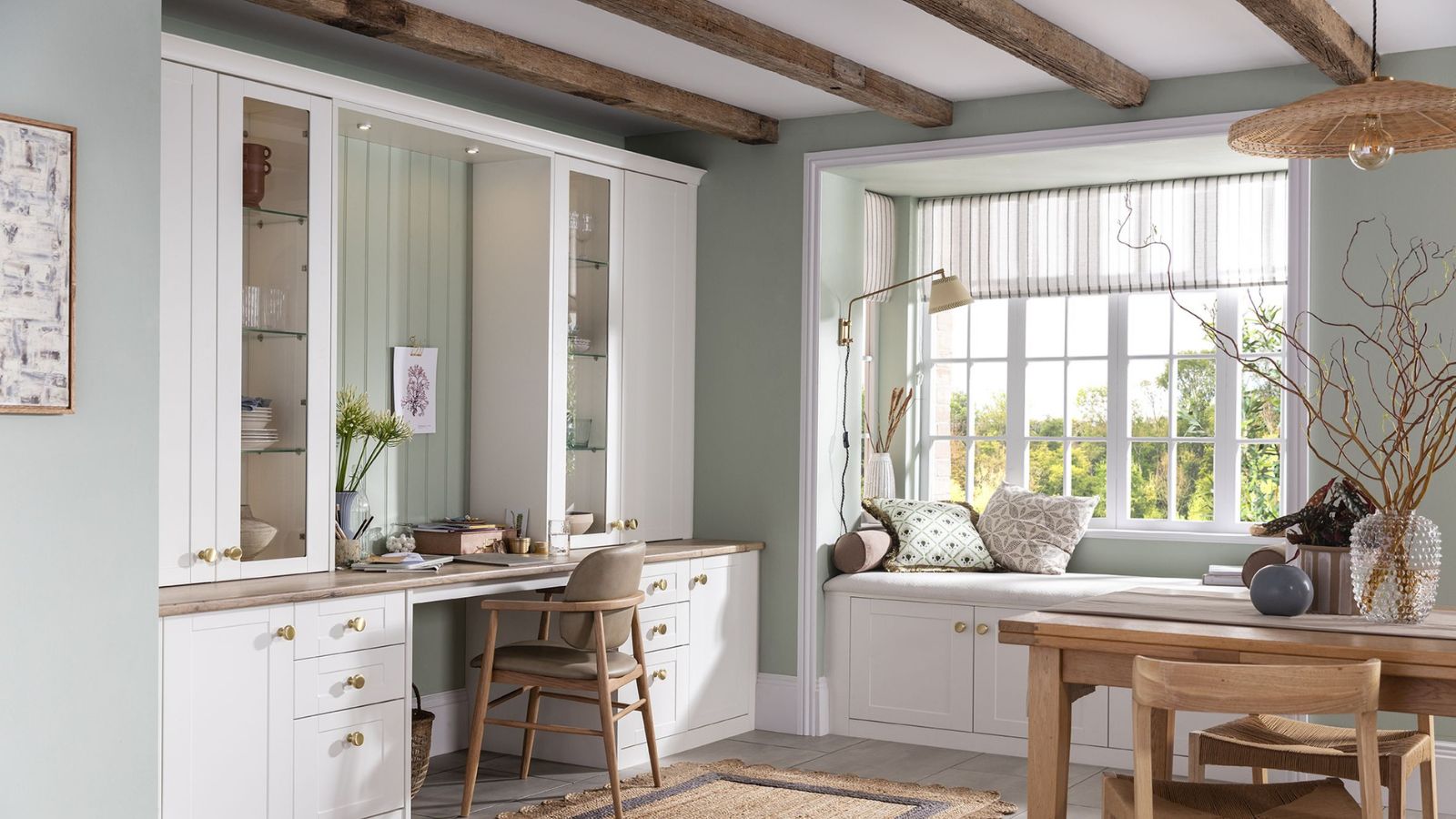Church converted into net-zero Passivhaus home in Northumberland could be a world-first
This historic conversion has met the stringent EnerPHit standards (equivalent to Passivhaus for existing buildings) and was completed in just one year
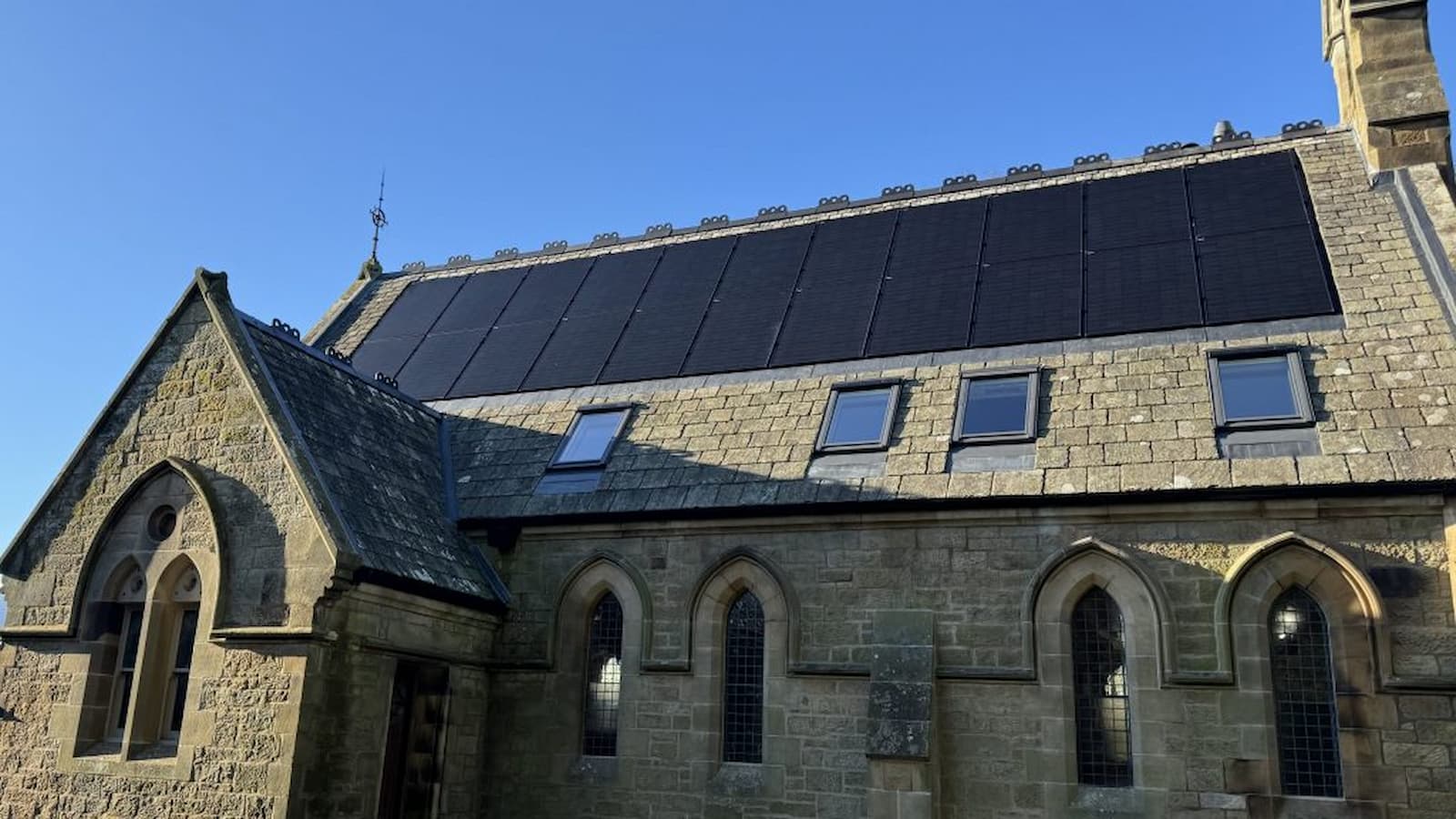
In a remarkable fusion of sustainability and historic preservation, Warksburn Old Church in Northumberland has become what is believed to be the world’s first church to be transformed into an EnerPHit-certified home.
The former Presbyterian church, originally built in 1875, underwent a £1million renovation between 2023 and 2024, transforming it into a holiday retreat while preserving its architectural heritage.
Join us as we explore this extraordinary conversion and the visionary efforts of owners Anne and Alan James, whose dedication has not only honoured the church’s past but also set a new benchmark for Passivhaus living.
Church conversion outperforms EnerPHit standard
The church has undergone an EnerPHit retrofit — EnerPHit being a specialised approach designed for upgrading existing buildings to meet high-energy performance standards.
EnerPHit is the Passivhaus standard for existing buildings, focusing on achieving exceptional energy efficiency and comfort while preserving a building's character.
This project not only achieves a EnerPHit certification but also a net-zero performance through on-site renewable energy generation and an extensive retrofit strategy.
This rejuvenation of the church, which dates back 149 years, is a nod to its innovative origins. Its construction was funded Sir George Barclay Bruce, the pioneering engineer, who was said to first imagined renewable electricity.
Bring your dream home to life with expert advice, how to guides and design inspiration. Sign up for our newsletter and get two free tickets to a Homebuilding & Renovating Show near you.
The project recently reached a significant milestone with an airtightness test result of 0.19 ACH (air changes per hour), far surpassing the EnerPHit standard requirement of 1 ACH and even exceeding the stringent Passivhaus classic target of 0.6 ACH.
This remarkable level of airtightness, combined with a mechanical ventilation with heat recovery (MVHR) system, high-performance insulation in the floor, walls, and roof, and highly efficient windows and doors, makes Warksburn Old Church one of the UK’s most energy-efficient historic domestic buildings.
10-metre-high open-plan ceilings
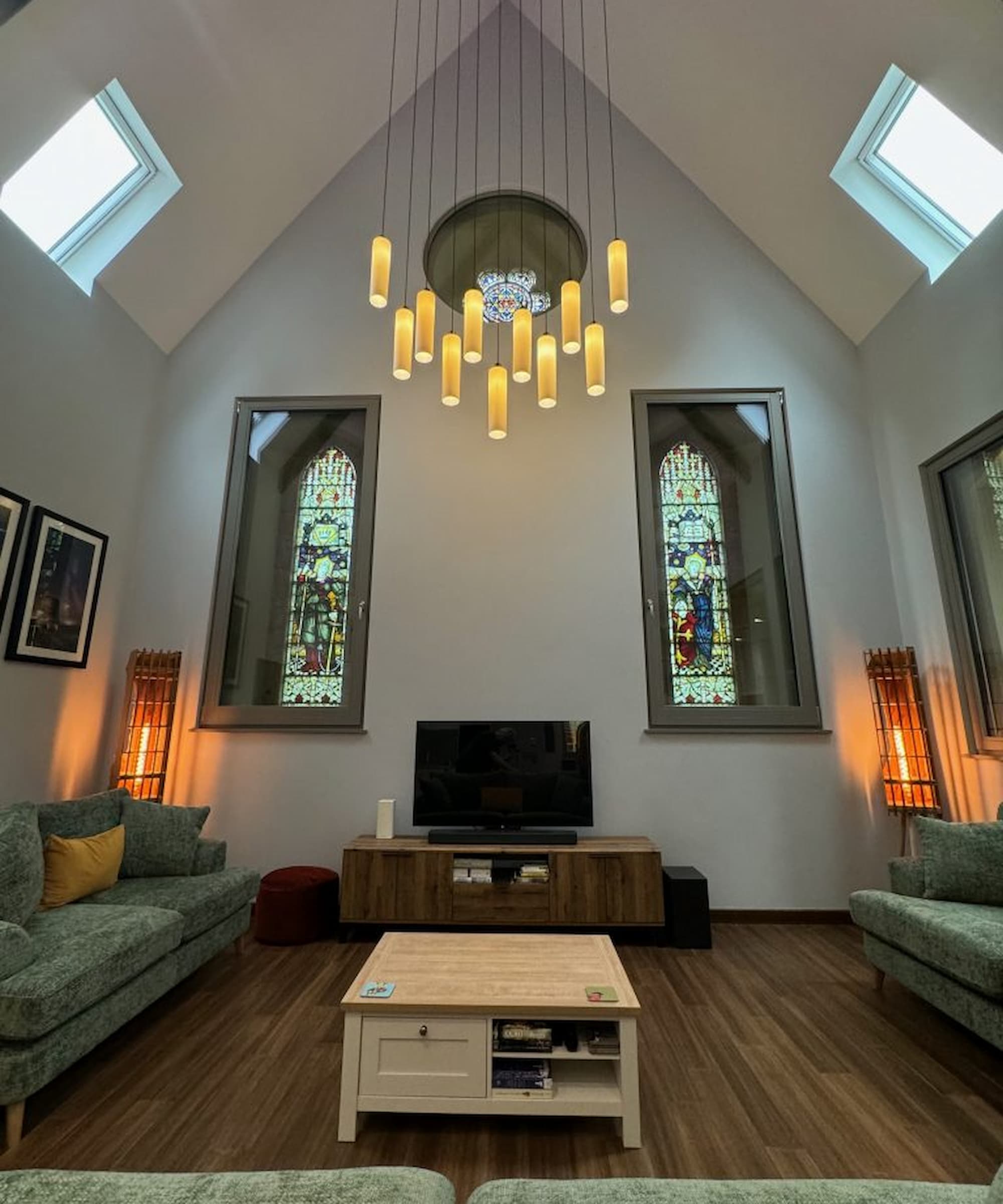
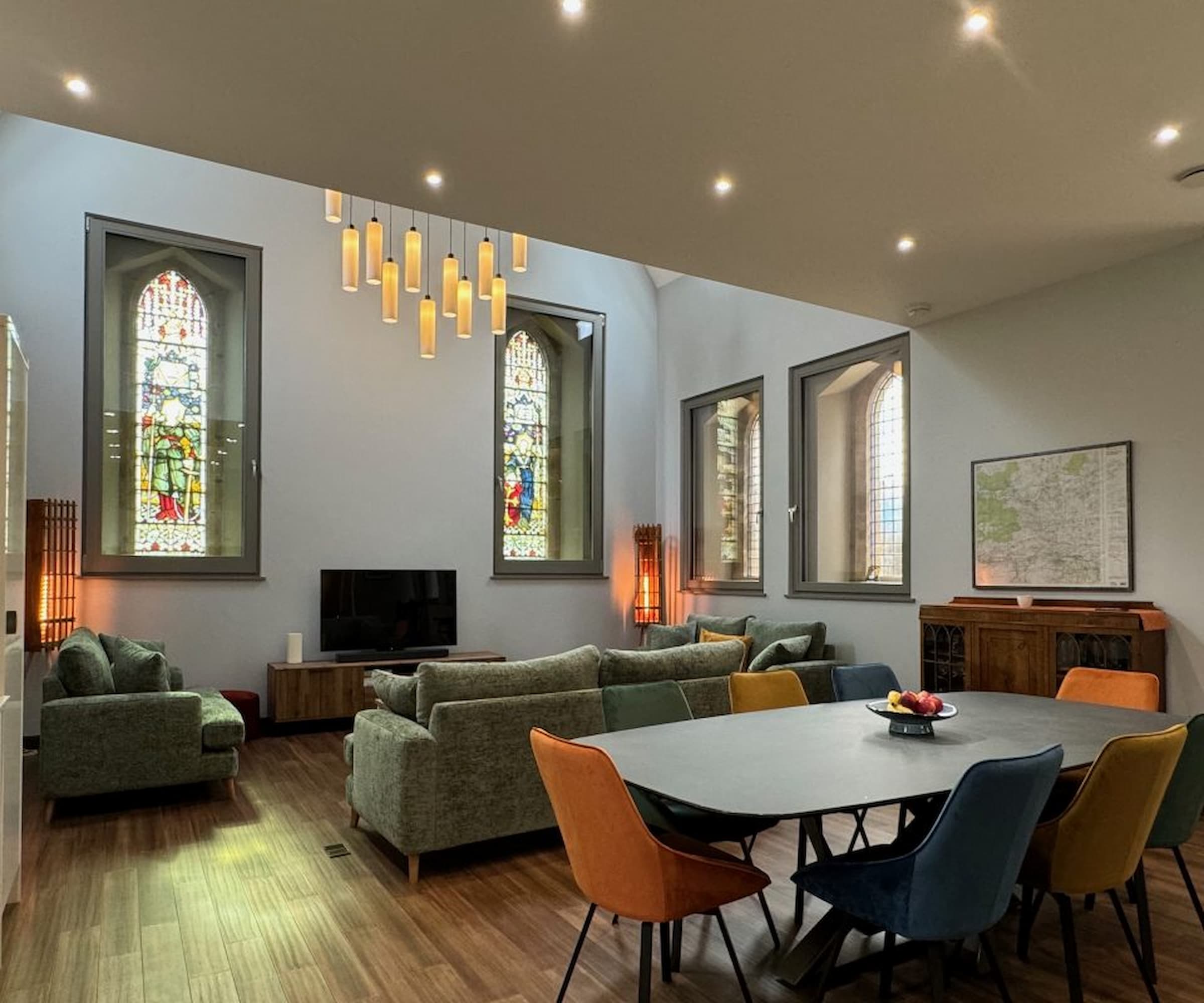
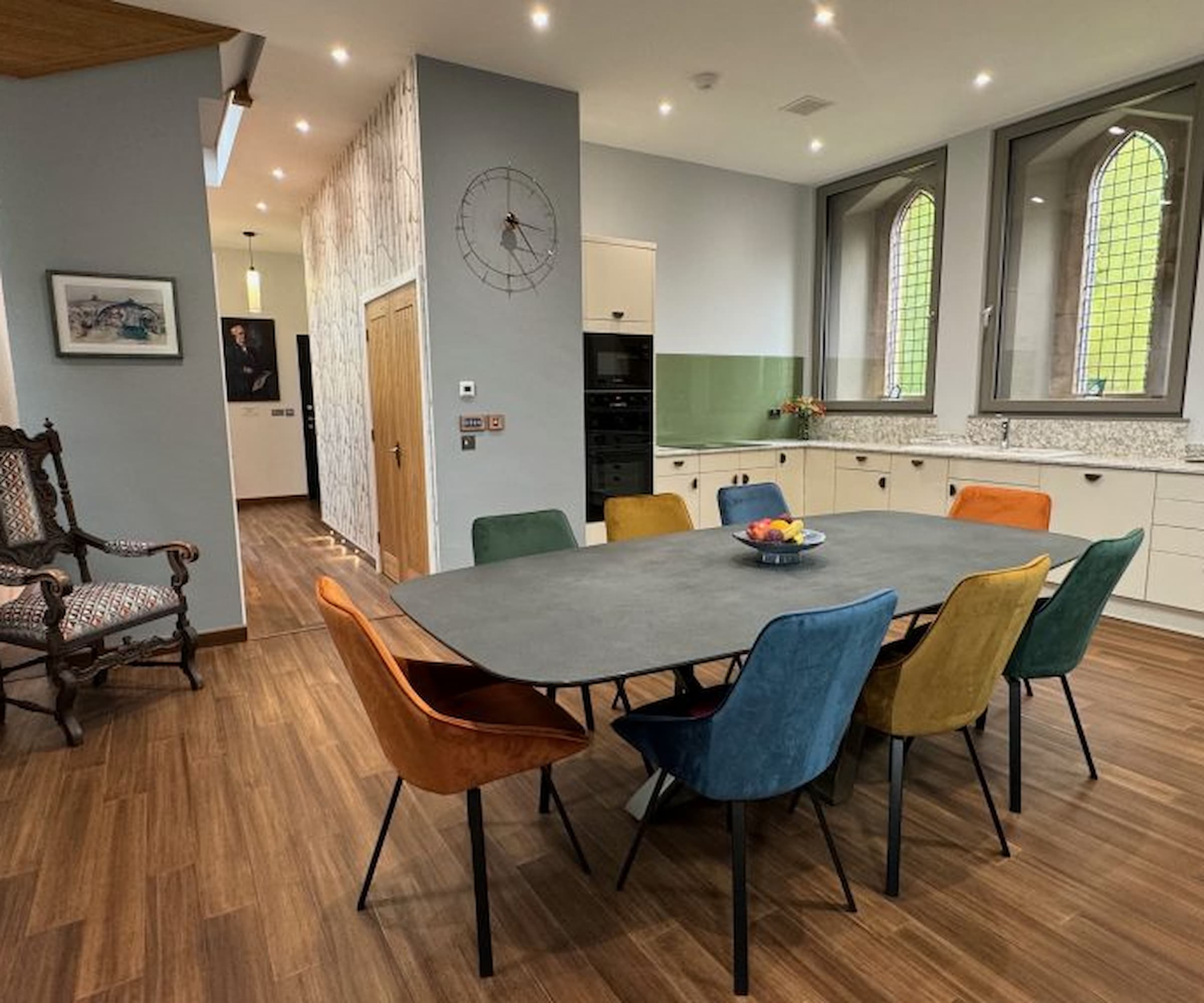
Designed by a team well-versed in low-energy design, the conversion balances the restoration of the church’s heritage features with modern sustainable living.
The open-plan ground floor boasts 10-metre-high ceilings and retains the vibrant stained glass by renowned Victorian artist Charles Eamer Kempe.
The space features a craftsman-fitted kitchen, a dining area with seating for eight and a cosy lounge with state-of-the-art infotainment, ideal for relaxation and social gatherings.
Bedrooms accessed by a stunning oak and glass staircase
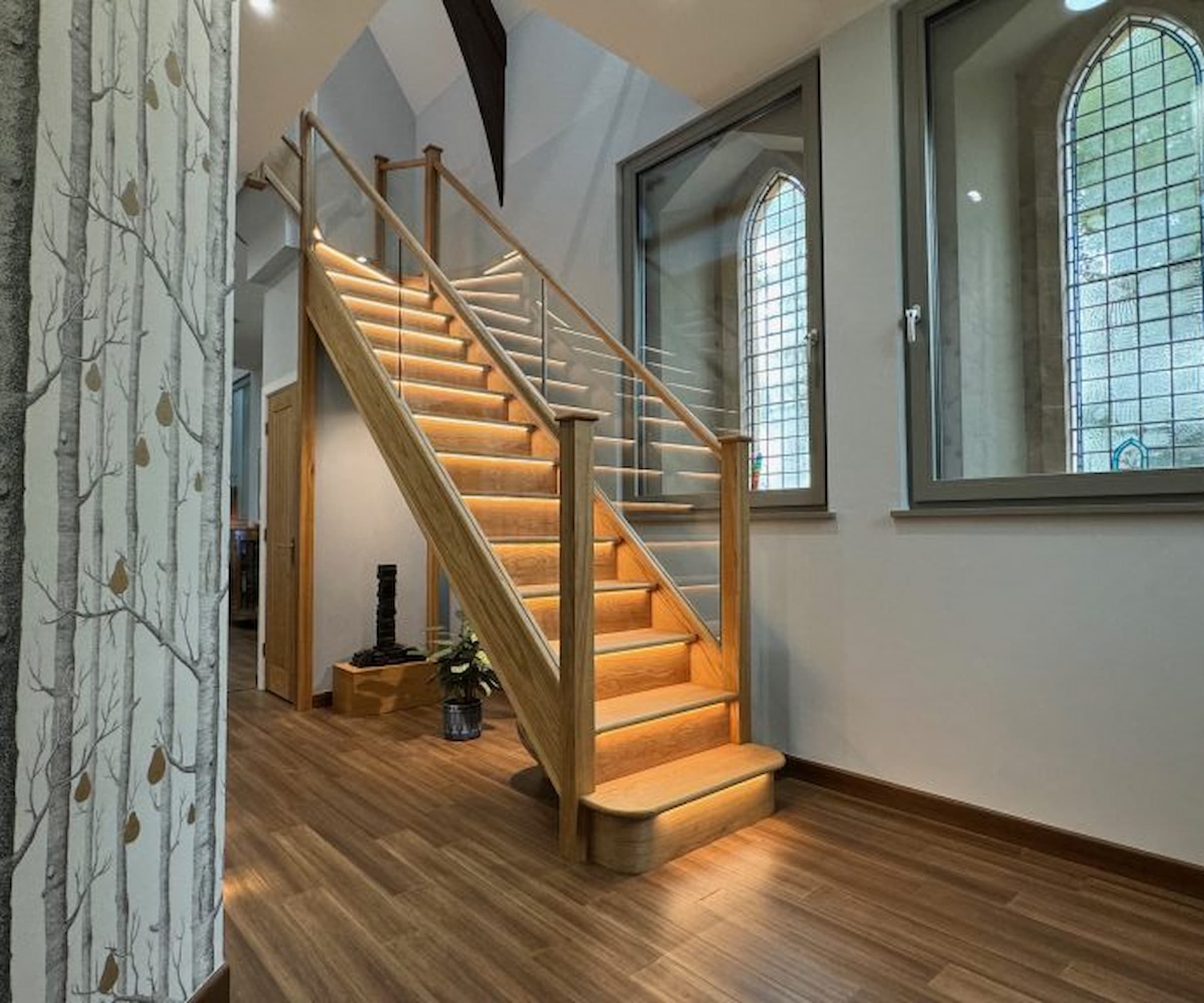

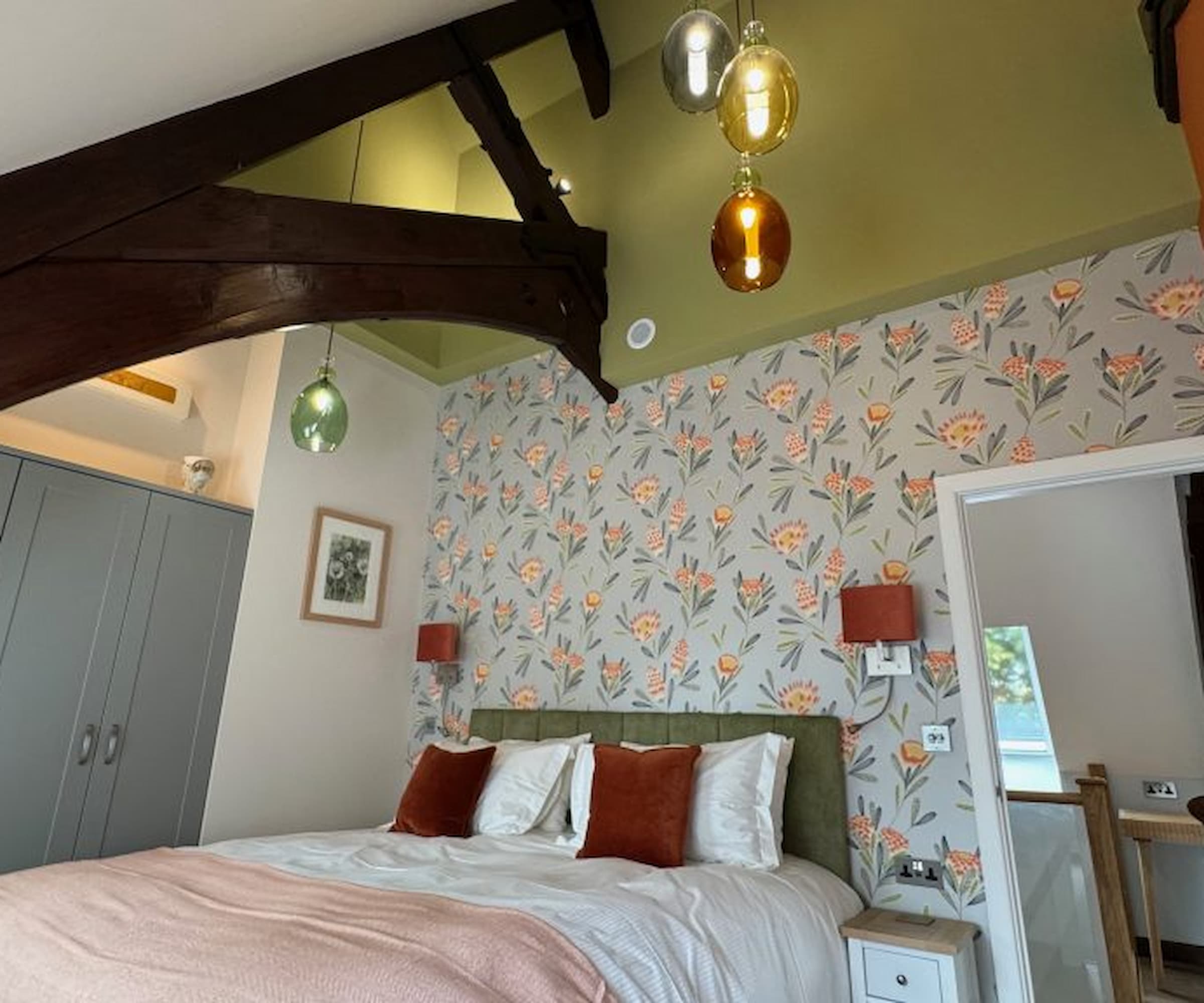

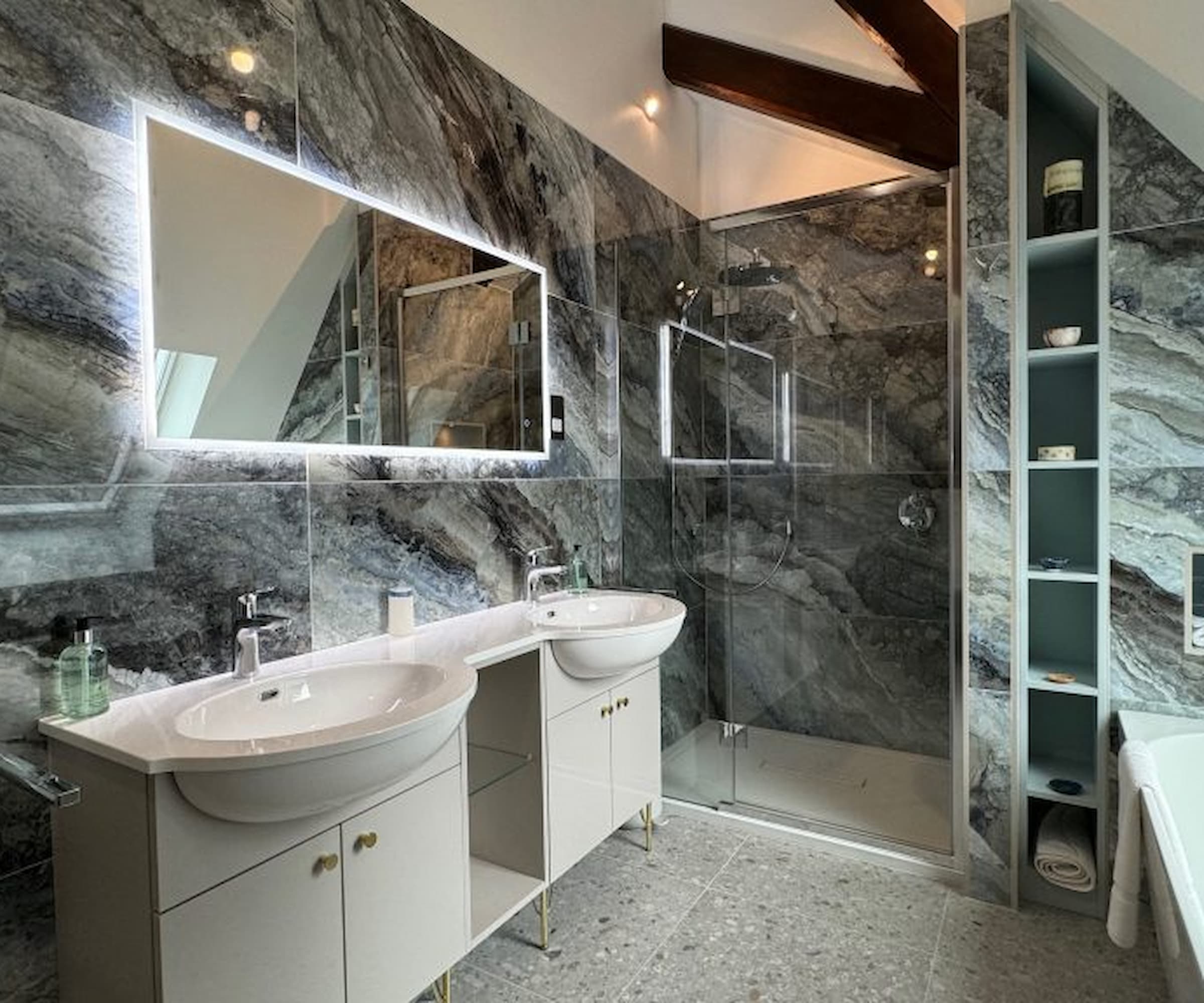
The property features three uniquely designed bedrooms, all with porcelain-tiled en suite bathrooms, and is connected to the first floor by a striking oak and glass staircase.
Other amenities include a private garden, off-street parking with EV charge points and ultrafast full-fibre internet, ensuring both comfort and eco-friendly luxury.
Warksburn Old Church will be available to book for stays starting from September 24, 2024 and you can take a virtual tour of the conversion.
Situated in Wark, near Hadrian's Wall and Hexham, the newly transformed Warksburn Old Church offers a holiday rental for up to six guests.

News Editor Joseph has previously written for Today’s Media and Chambers & Partners, focusing on news for conveyancers and industry professionals. Joseph has just started his own self build project, building his own home on his family’s farm with planning permission for a timber frame, three-bedroom house in a one-acre field. The foundation work has already begun and he hopes to have the home built in the next year. Prior to this he renovated his family's home as well as doing several DIY projects, including installing a shower, building sheds, and livestock fences and shelters for the farm’s animals. Outside of homebuilding, Joseph loves rugby and has written for Rugby World, the world’s largest rugby magazine.
